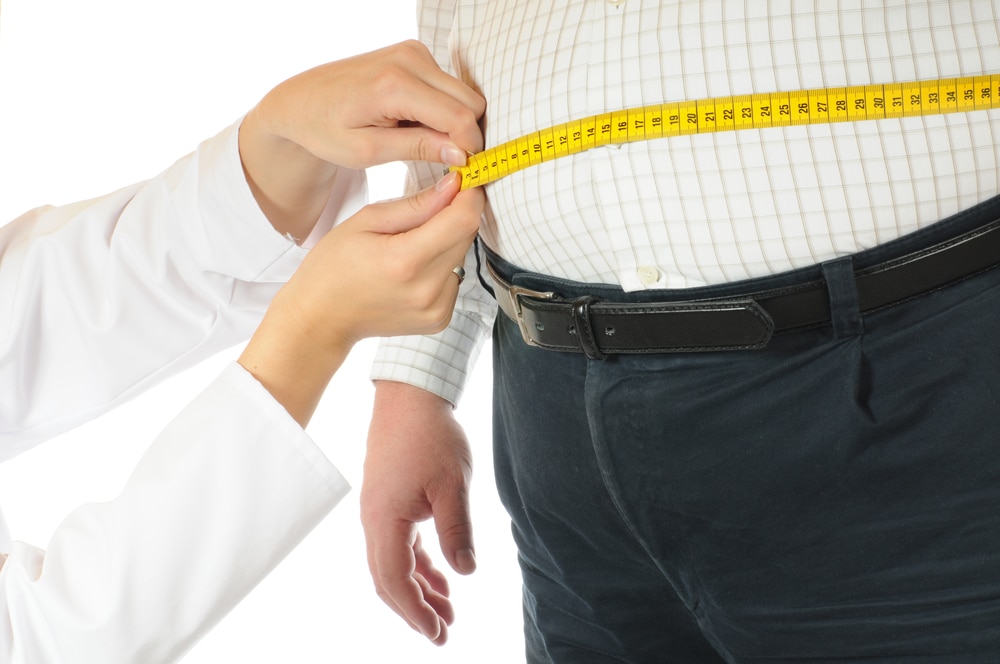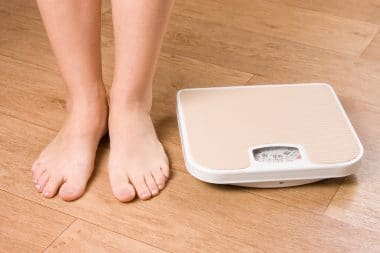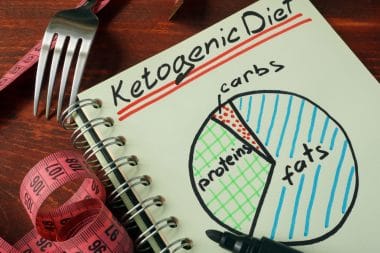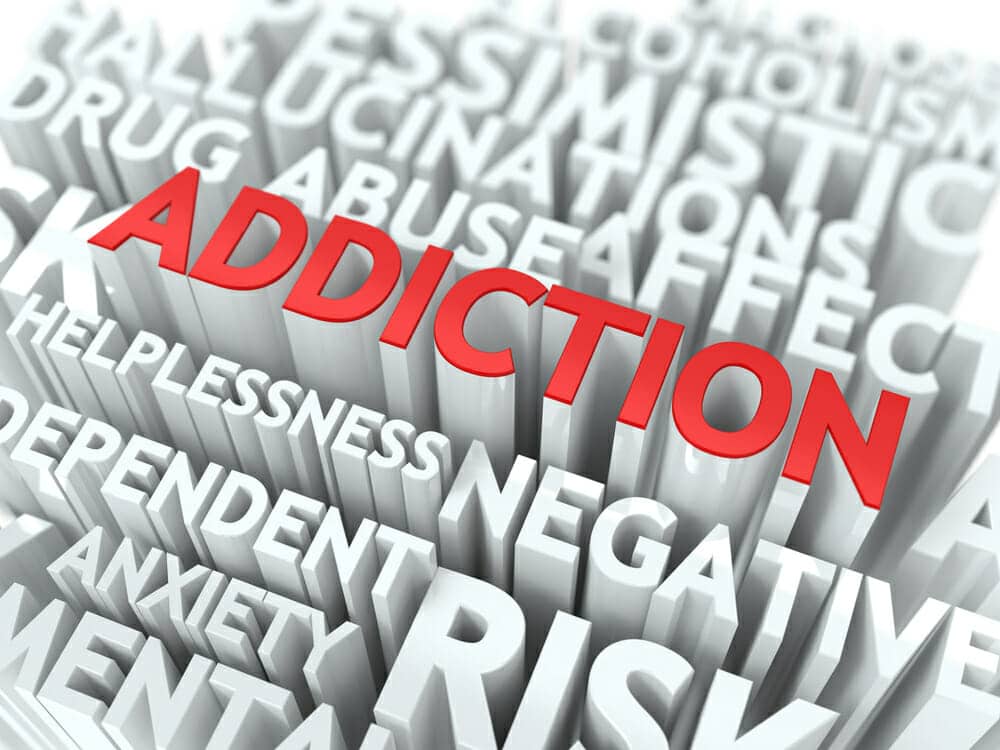While some of the most commonly said workout phrases- including the popular “no pain, no gain”- have become much rarer to hear in the gym these days, there are still plenty of exercise falsehoods.
A lot of these are common thoughts held in the mind of the public that serve as deterrents, with some of them going as far as to actually prevent people from benefiting themselves with exercise. Modern research has shed new light on the two biggest misconceptions, and hopefully after learning the truth you will be motivated to exercise again.
Home vs. Gym
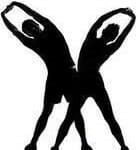
One of the main reasons the above thought is still around is a false stereotype of the body types that work at home and at the gym. Often, those who work at home are those who are self-conscious about their size and do not want to go the gym in the first place. This creates the thought of home workouts being less effective due to folks thinking those who are overweight benefit less from working out, and this is false. While they will not suddenly have cut muscles, overweight people who take the time to exercise properly are doing as much for their good health as an in-shape person is while working out. Research backs this by showing a decrease in the death rate among those who work out as opposed to leading a sedentary life style.
People that exercise, regardless of whether at home or in the gym, do so because of the mental image they see of themselves after a workout. People believe that regardless of a person’s starting size, they will get the results they dream of as long as they exercise and this is simply false. No matter how long or hard the person exercise there will be variations in what can be achieved. Research shows that a person”s capabilities can be limited by genetics, meaning that two people who exercise with the same routine and intensity can have very different results.
Low vs. High intensity
Speaking of exercising intensity, some people think they can work themselves at a low intensity and will still get the same results as long as they do the workout longer. This is completely false. The benefit of exercise is not based on how long a person does it, or what they do. It is how much energy stored in the fat is spent during the exercise, which is the literal burning of the fat off the body. A short, high-intensity workout is healthier than a slow paced lengthy one that results in not even breaking a sweat. With this being said, if a person is beginning a new routine it is ideal to start off with low intensity not for the benefit of slow exercise, but for the benefit of reducing possible injuries to them.
